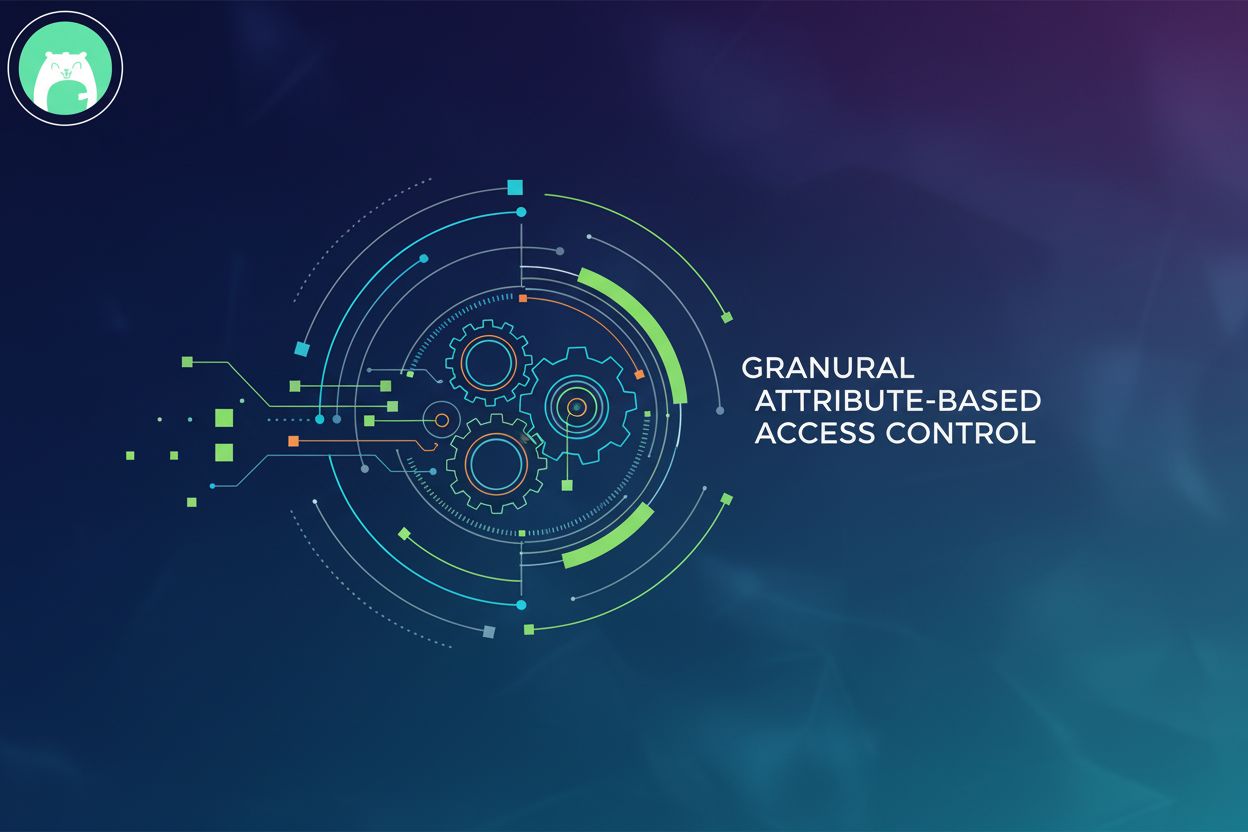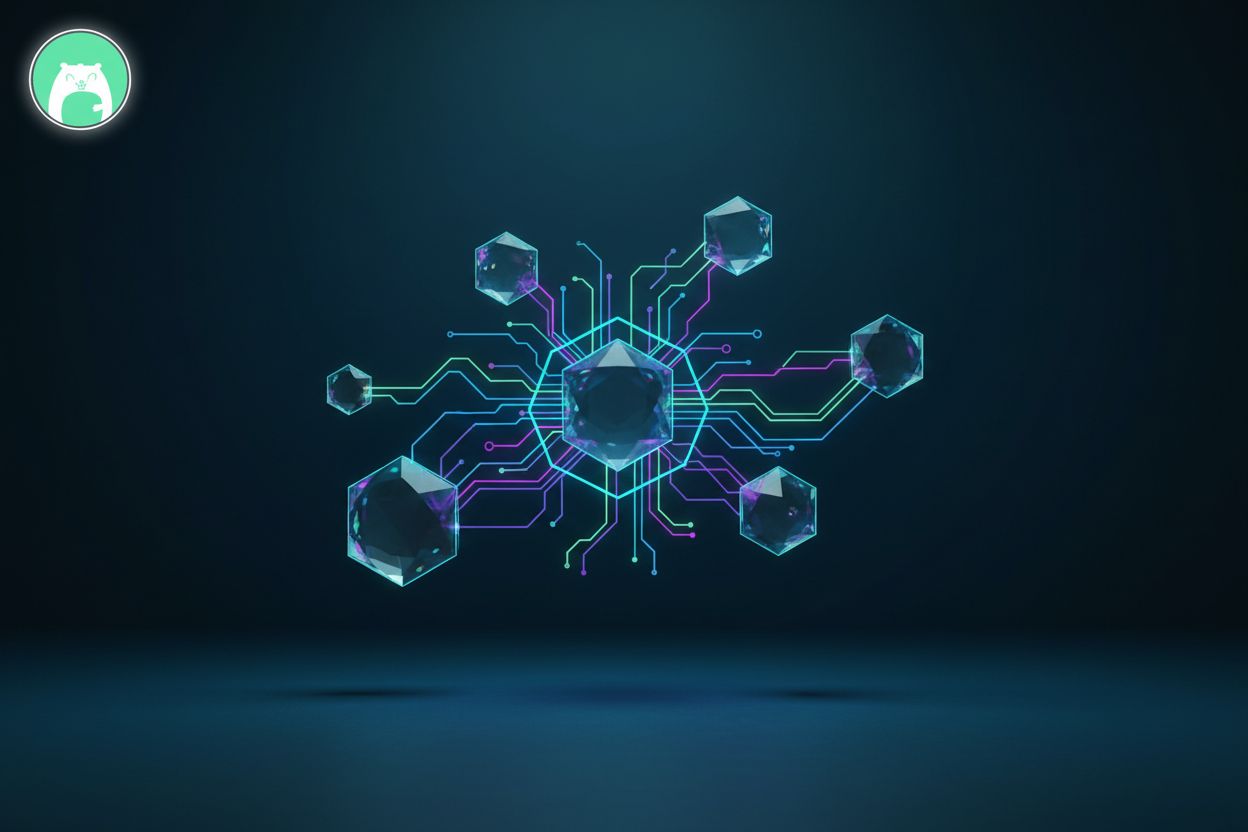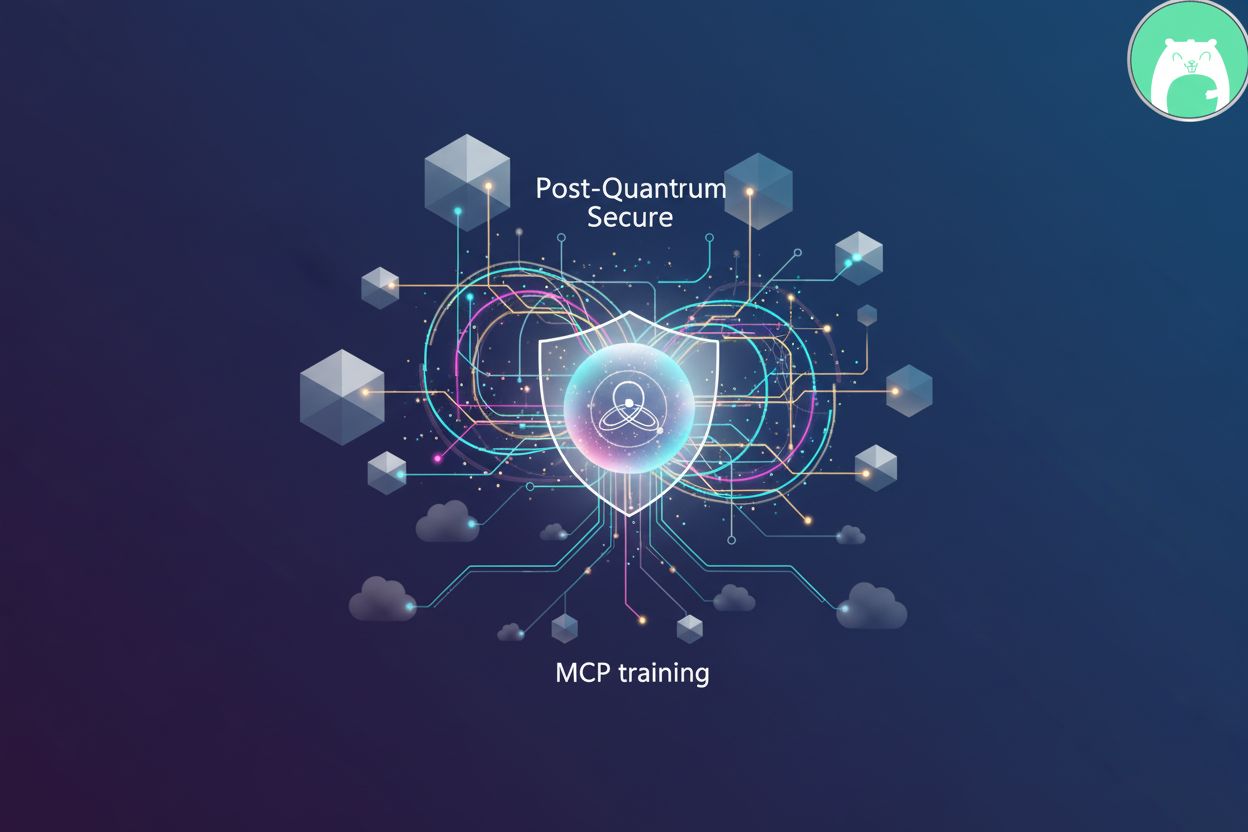Unlock Application Security with SASE: The Future of Cyber Defense

TL;DR
The rapid digital transformation and the widespread adoption of cloud services have reshaped the way organizations approach security. One of the most significant developments in this space is the rise of Secure Access Service Edge (SASE), a framework that promises to revolutionize network security. This blog explores SASE, its core components, its relationship with Zero Trust, and its growing importance in protecting data and securing enterprise networks.
What is SASE?
SASE is a network architecture framework that integrates wide-area networking (WAN) capabilities with comprehensive security services into a single cloud-based service model. It was introduced by Gartner in 2019 and has quickly gained traction as a next-generation approach to secure network management.
Core Components of SASE
SASE combines several core components:
- SD-WAN (Software-Defined Wide Area Network): Optimizes traffic routing over different connection types, enhancing performance and reducing costs.
- SWG (Secure Web Gateway): Protects users from accessing malicious websites and prevents data leaks.
- CASB (Cloud Access Security Broker): Ensures secure access to cloud services, enforcing security policies across cloud platforms.
- FWaaS (Firewall as a Service): Provides centralized firewall capabilities delivered from the cloud.
- ZTNA (Zero Trust Network Access): Grants access based on strict identity verification and access control policies, essential for implementing Zero Trust principles.
Why SASE Matters for Security
As more organizations embrace remote work and cloud-based services, traditional network security models struggle to keep up. SASE addresses these challenges by:
- Enhancing Security Posture: SASE consolidates multiple security functions into a single, integrated platform, reducing the attack surface and simplifying security management.
- Enabling Remote Work: SASE provides secure, direct-to-cloud connections, making it easier to support remote workers without compromising security.
- Improving Performance: By combining SD-WAN with security services, SASE optimizes network performance, ensuring that security doesn't slow down business operations.
Protecting Against Data Breaches
SASE plays a crucial role in protecting against data breaches by:
- Zero Trust Enforcement: SASE's integration with Zero Trust principles ensures that access is granted only to authenticated and authorized users, reducing the risk of unauthorized access.
- Data Loss Prevention (DLP): SASE frameworks include DLP capabilities to monitor and prevent sensitive data from being leaked or stolen.
- Encryption and Inspection: SASE ensures that data in transit is encrypted and inspects traffic for potential threats, protecting against man-in-the-middle attacks and other vulnerabilities.
Pros and Cons of SASE
Pros:
- Unified Security and Networking: Simplifies management and reduces costs by consolidating security and networking into a single platform.
- Scalability: Easily scales to accommodate growing network demands and new users.
- Improved User Experience: Enhances network performance and user experience by optimizing traffic routing and reducing latency.
Cons:
- Complex Implementation: Transitioning to a SASE model requires careful planning and may involve complex integration with existing systems.
- Vendor Lock-In: Relying on a single vendor for SASE services could lead to dependency and limit flexibility.
Current and Future Adoption of SASE
**Current Adoption:**SASE is currently being adopted by organizations that have distributed workforces, rely heavily on cloud services, or seek to streamline their security operations. According to recent studies, over 40% of enterprises are expected to adopt SASE in some form by 2025.
**Future Adoption:**As cybersecurity threats continue to evolve, SASE is likely to become the standard for network security. The integration of AI and machine learning into SASE frameworks will further enhance threat detection and response capabilities, making it an essential tool for future-proofing network security.
SASE and Zero Trust: A Perfect Partnership
SASE and Zero Trust are closely related, with Zero Trust principles being a core component of SASE. Zero Trust operates on the premise that no user or device should be trusted by default, even if they are within the network perimeter. SASE enables the implementation of Zero Trust by providing the necessary tools to verify identities, enforce access controls, and monitor all network traffic for suspicious activity.
Use Case: A Global Financial Services Firm
A global financial services firm faced challenges with securing its network as it expanded its operations across multiple regions. By adopting a SASE framework, the firm was able to:
- Securely connect its distributed workforce.
- Protect sensitive financial data with integrated DLP and Zero Trust access controls.
- Improve network performance and reduce latency for its critical applications.
Outcome: The firm reported a 30% reduction in security incidents and a 25% improvement in network performance.
Case Study: SASE Adoption in Healthcare
A large healthcare provider needed to secure patient data across multiple locations while ensuring compliance with strict regulatory requirements. By implementing SASE, the provider:
- Enhanced its security posture with integrated threat detection and response.
- Simplified compliance management through centralized security policies.
- Enabled secure access for remote healthcare professionals, improving patient care.
Outcome: The healthcare provider achieved a 40% reduction in compliance costs and a significant improvement in data security.
Supporting Statistics
- Cost Efficiency: Companies adopting SASE report up to a 40% reduction in security costs due to the consolidation of services.
- Improved Security: Over 50% of organizations that implemented SASE experienced fewer security breaches within the first year.
- Scalability: 75% of businesses found that SASE made it easier to scale their network infrastructure in response to growing demands.
Conclusion: The Future of SASE
SASE represents a significant shift in how organizations approach network security. By combining networking and security into a single, cloud-based framework, SASE offers a scalable, flexible, and secure solution that meets the demands of modern enterprises. As more organizations adopt cloud services and embrace remote work, SASE will become increasingly essential for protecting data, reducing risks, and ensuring business continuity. Integrating SASE with Zero Trust further strengthens its security capabilities, making it a vital component of any forward-looking security strategy.





